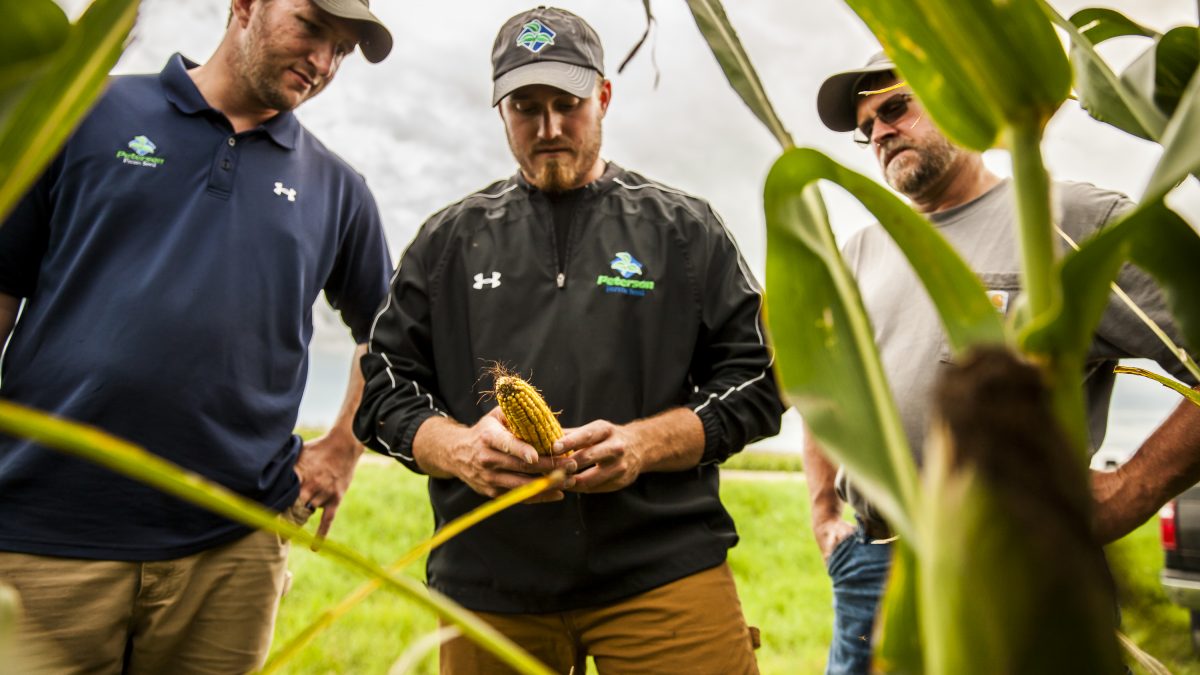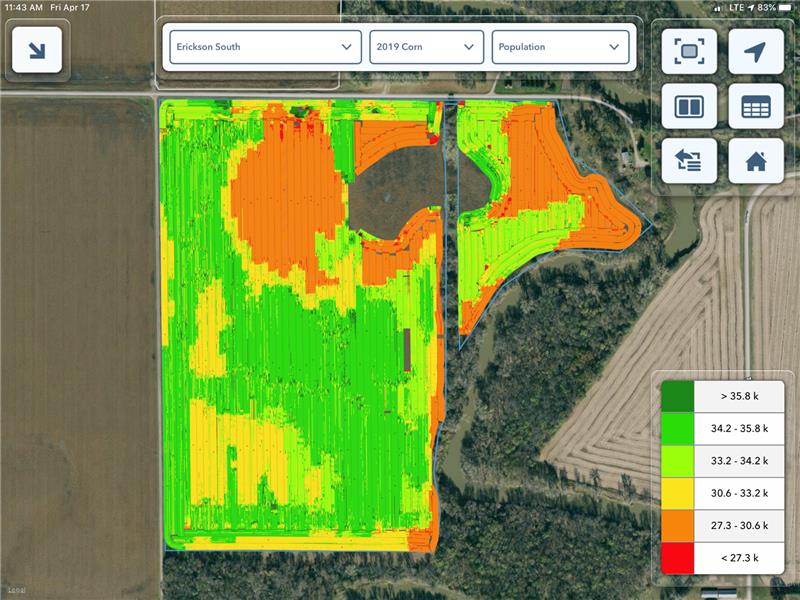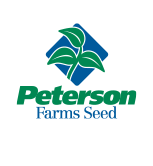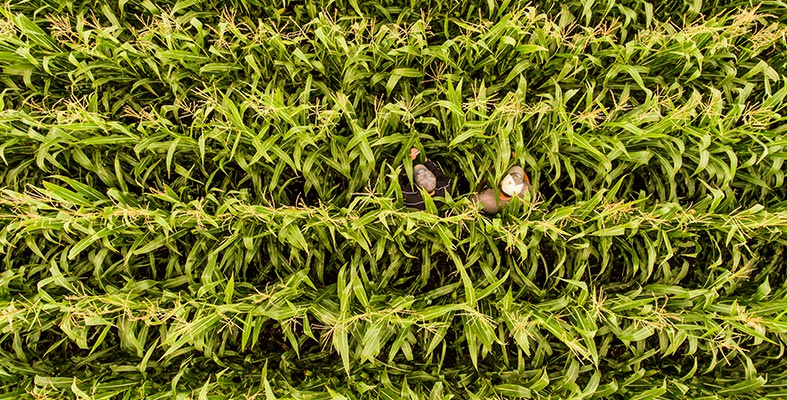Get Your Corn In “The Zone” This Spring

The use of management zone in your fields has become much more popular in the past 5 years. And rightly so. As technology advances, we are better equipped to make smart decisions about where we put our inputs. It’s all about getting the most out of your high potential acres.
Today we have better information than ever to help create management zones within fields. Historic yield data, imagery (Satellite or Drone), topography, electrical conductivity, etc. is all more precise now and should make your zones more accurate.
What Should You Change/Adjust Within Your Management Zones?
Population: This should be adjusted for the productivity of the zone. It depends on where you’re located but a typical range would be 24k-36k planted per zone.

Most zone planting maps end up having the same overall population compared to flat rate planting the field but with the seeds better allocated. This is key when you do the math. 1,000 seeds costs roughly $3 but missing on potential yield can be a loss of $20+ per acre.
Fertility management: If you have soil samples from each zone, apply according to those for your P, K, S and micros. Adjust your Nitrogen rates according to your population and expected mineralization of the zone.
In 2016 we saw lower N utilization in the higher producing zones since mineralization was high. The last couple years though we haven’t had those ideal conditions for mineralization, so we needed to feed those higher populations in those zones. If you need a refresher on the science of Nitrogen, check out this article.
Population Check Strip(s): Always have a population check strip or strips across the field. This can be just a flat rate of your typical planted population. If you really want a solid test though, increase the population by 3,000 seeds through a zone on a pass or two. This will indicate if there’s more yield potential.
You can also decrease population by 3,000 seeds through a zone to see if yield maintains. This would indicate you had enough yield with the lower populations. These checks will help you better calculate your populations in the future.
There’s a lot to consider as you head into planting this spring. Our Precision Agronomy team is here to help you raise more bushels this season. If you’ve got questions, give me a call at (701) 282-7476 or drop me an email at adam@petersonfarmsseed.com.



